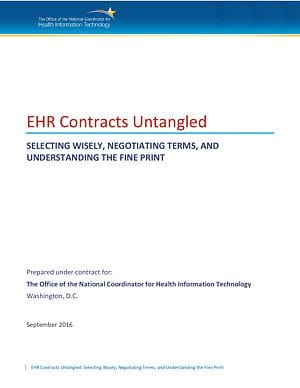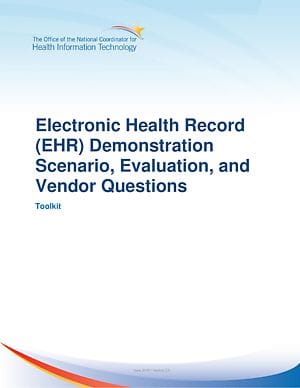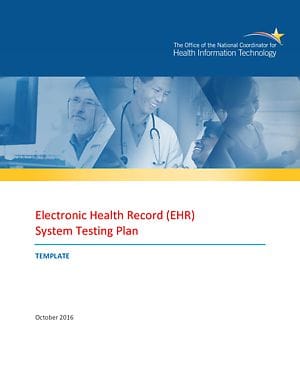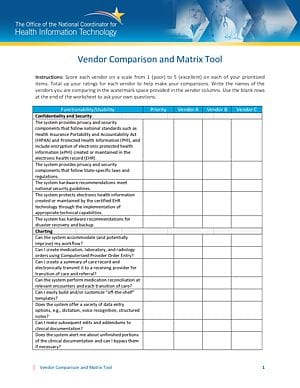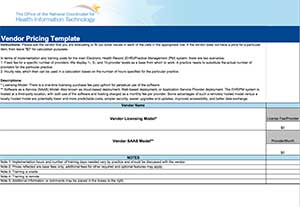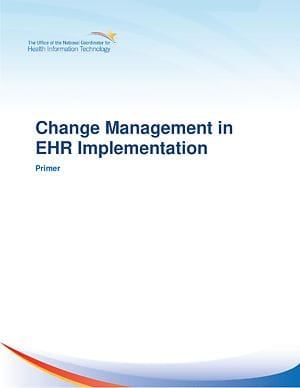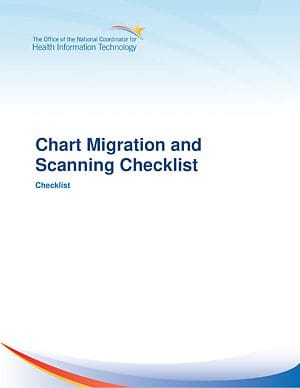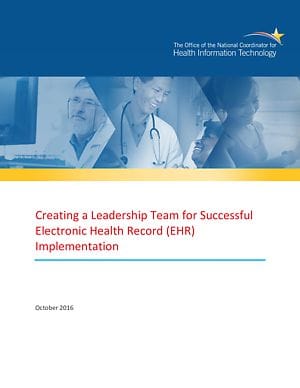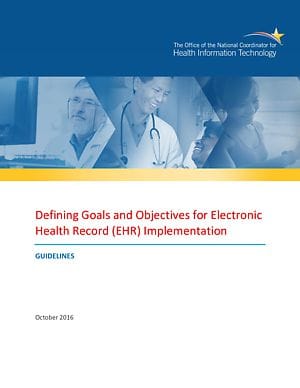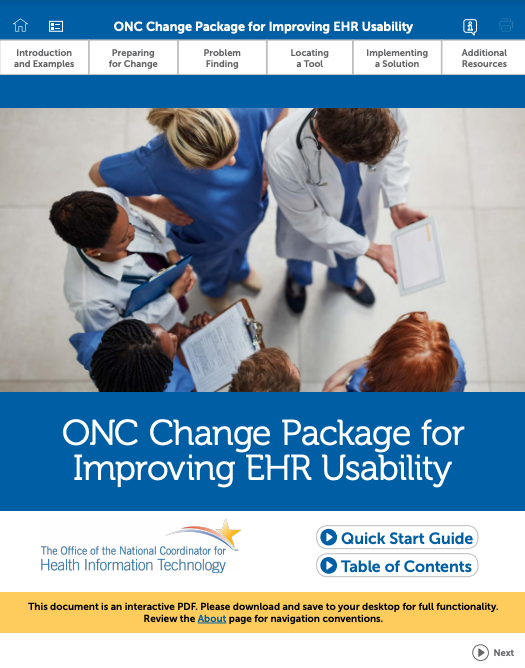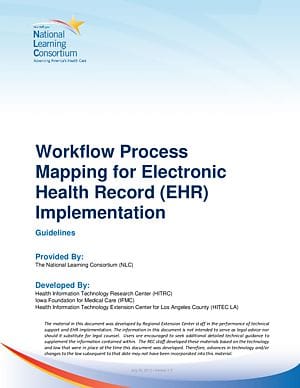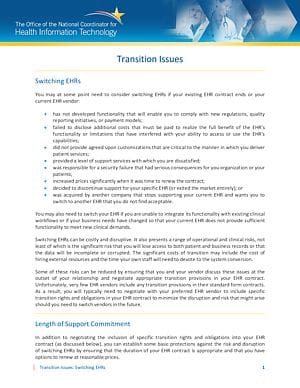In this section
Learn how to:
- Understand EHR contracts and products
- Select an EHR that's a good fit for your practice
- Plan for adoption and implementation of your EHR
- Apply lessons learned so you can optimize workflow
- Migrate your data to the new system
Which phase of the EHR adoption process are you currently in?
An electronic health record (EHR) is software that's used to securely document, store, retrieve, share, and analyze information about individual patient care. EHRs are hosted on computers either locally (in the practice's office) or remotely. Remote EHR systems are described as “cloud-based” or “internet-based.”
Over 75% of office-based clinicians and 96% of hospitals in the United States use an EHR certified by the Assistant Secretary for Technology Policy (ASTP). That means nearly all practices have an immediate, practical interest in improving the efficiency and use of their EHRs. Additionally, some practices may be considering replacing their current EHR for a number of reasons, such as improving care coordination, reducing administrative burden on healthcare providers, or adapting to an organizational change like a merger with another health system.
As part of the 21st Century Cures Act, ASTP is helping healthcare practices improve both how they share information with patients and the quality of care they provide through the use of technology. Optimizing EHRs for patient safety and interoperability — making sure EHRs can communicate easily with each other — is a key part of this work.
This Playbook is a source for clinicians, other healthcare providers, and practice administrators who are adopting, optimizing, upgrading, or changing an EHR system. The tools you'll find here are intended to make your EHR implementation and use more efficient, less burdensome, and more effective.
The EHR journey
Implementing an EHR is an ongoing journey with no single destination or end. Once an EHR is installed, there are always opportunities to optimize workflows or improve the use of data. This section provides resources to support you through each phase of EHR adoption, implementation, and improvement. These include:
- Planning
- Selecting a vendor
- Contracting with a vendor
- Implementing and adopting an EHR
- Using your EHR
- Optimizing or replacing your EHR
After you spend time using and getting familiar with your EHR, it's time to think about how you can optimize your workflows to improve its overall effectiveness. You'll need to revisit this part of the ongoing EHR journey each time you adopt additional health information technology (IT) solutions, such as:
- Adding a patient portal
- Connecting to a health information network (HIN)
- Participating in value-based care or new payment models
The information in this Playbook reflects lessons learned from years of implementation experience across a wide variety of clinical settings. Become familiar with the Playbook and select the tools appropriate for your EHR adoption journey.

